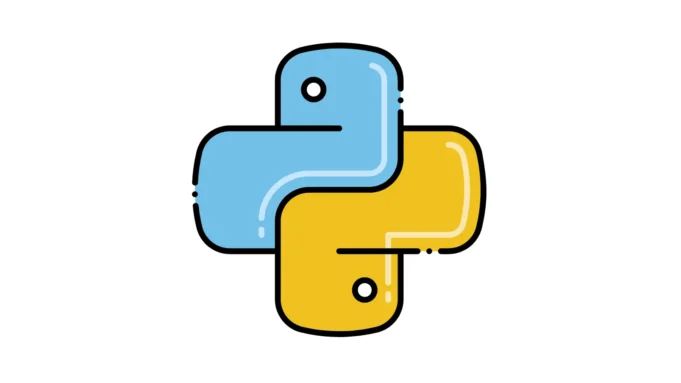Python Fire is a powerful library that simplifies the process of creating command-line interfaces (CLIs) from Python objects.
It allows developers to turn any Python component, such as functions, classes, or modules, into a CLI with minimal effort.
This article explores the functionality and benefits of Python Fire, along with its installation and basic usage.
Key Features Of Python Fire
- Simplicity: Python Fire makes it easy to create CLIs by requiring only a single call to the
Firefunction. This eliminates the need for extensive setup or manual argument handling. - Versatility: Fire can be applied to various Python objects, including functions, classes, modules, dictionaries, lists, and tuples.
- Development and Debugging: It aids in developing and debugging Python code by allowing direct execution of library components from the command line, reducing the need for a main method.
- Exploration: Fire helps explore existing code by converting it into a CLI, making it easier to understand and interact with the functionality of external libraries.
- Bash Integration: It facilitates transitioning between Bash and Python by enabling Python functions to be used seamlessly with Unix tools.
Installation
To start using Python Fire, you can install it via pip or conda:
bashpip install fire
or
bashconda install fire -c conda-forge
For a source installation, clone the repository and run:
bashpython setup.py install
Basic Usage
Here’s how you can use Python Fire to create a CLI from a function:
pythonimport fire
def hello(name="World"):
return "Hello %s!" % name
if __name__ == '__main__':
fire.Fire(hello)
You can then run this CLI from the command line:
bashpython hello.py # Hello World!
python hello.py --name=David # Hello David!
python hello.py --help # Shows usage information.
Similarly, you can create a CLI from a class:
pythonimport fire
class Calculator(object):
def double(self, number):
return 2 * number
if __name__ == '__main__':
fire.Fire(Calculator)
And use it like this:
bashpython calculator.py double 10 # 20
python calculator.py double --number=15 # 30
Python Fire supports several useful flags, including --help, --interactive, and --trace. The --interactive flag opens an IPython REPL with the result of your command, allowing for further exploration and debugging.
Python Fire is a versatile tool that streamlines the process of creating and interacting with CLIs in Python.
Its ease of use, flexibility, and integration capabilities make it an invaluable asset for developers looking to enhance their workflow with command-line interfaces.











%20Works.png)





